I'm working on an application, that displays numbers according to the user's configuration. Everything works as expected, except when I try with numbers less than 10000,in Chrome, with the following locale: "es-AR". Any ideas?
Chrome:
Firefox:
console.log( (10000).toLocaleString("es-AR") );
console.log( (9999).toLocaleString("es-AR") );
console.log( (9999).toLocaleString("en-US") );

